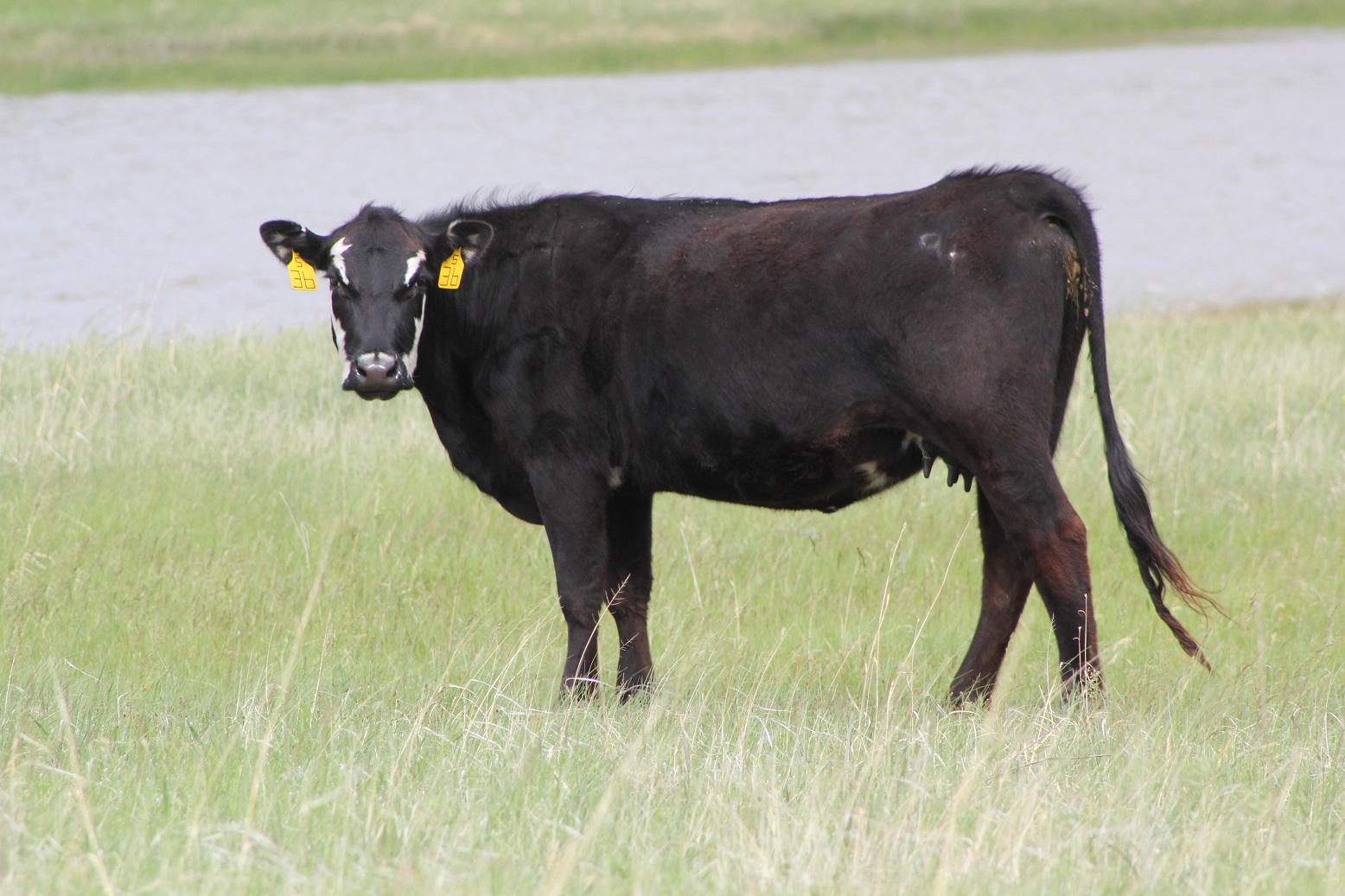Forage Quality in the Sandhills Inconsistently Estimated by Nutrition Balance Analyzer – A Review

Listen to a discussion of the content in this article on this episode of the BeefWatch podcast. You can subscribe to new episodes in iTunes or paste http://feeds.feedburner.com/unlbeefwatch into your podcast app.
This article is a review of the 2019 Nebraska Beef Cattle Report “Three Year Summary: Comparison of Diets Collected from Esophageally Fistulated Cows to Forage Quality Estimated from Fecal Analysis”. Bethany M. Johnston, Jay D. Jenkins, Jacki A. Musgrave, J. Travis Mulliniks, Mitchell B. Stephenson, James MacDonald and L. Aaron Stalker were collaborators on this research study and report.
The Nutrition Balance Analyzer (NUTBAL) analyzes fecal samples utilizing Near Infrared Reflectance Spectroscopy (NIRS) to predict the energy and protein of forages grazed by animals. In theory, by utilizing this tool, a producer can collect fecal samples, have them analyzed and then evaluate if supplementation is needed to meet cattle performance goals. The objective of this three year study was to compare quality estimations from forage samples collected with esophageal fistulated animals, hand clipping, and fecal samples from Sandhills rangelands and meadows. This study was conducted at the Gudmundsen Sandhills Lab near Whitman, Nebraska.
In the months of July, September and November of 2015, 2016, and 2017, fecal samples were collected directly from 12 cows. These cows ranged in age from three to nine years of age. Three esophageally fistulated cows grazed the upland pastures and meadows. Diets samples were collected at the same time that fecal samples were collected from the cows. Forage samples were also clipped by hand on upland range, utilizing a subjective approach, where the person collecting attempted to select forage in a way that mimicked what cattle were observed to be selecting. This method of estimating forage quality can underestimate the quality of the diet that cattle are selecting on low quality forage.
After the samples were collected, forage quality for the samples from esophageally fistulated cows as well as hand collected clip samples were evaluated for crude protein. Energy or total digestible nutrients (TDN) were analyzed utilizing an ADF analysis for clipped samples, while the esophageal samples were analyzed utilizing in vitro digestibility techniques. Fecal samples were evaluated for crude protein and energy utilizing the NUTBAL program NIRS.
The NUTBAL analysis overall slightly underestimated the amount of crude protein in the cattle’s diets and overestimated the amount of energy that was present. This was especially noticeable moving from summer into the fall when NUTBAL estimates failed to capture the decline that occurred in forage quality. The NUTBAL analysis of crude protein and energy values from fecal samples differed significantly from the nutrient analysis of esophageally fistulated and hand-clipped forage samples. This study was consistent with other studies that showed diets selected by cattle tend to be higher in quality than those selected by hand from the same location.
The NUTBAL analysis of crude protein and energy from fecal samples on Sandhills range and meadows differed from the wet chemistry analysis from esophageally fistulated and hand-clipped forage samples. These differences were significant and would have resulted in miscalculations for supplemental feeding of protein and energy. Currently, for Sandhills rangeland and meadows, NUTBAL analysis does not consistently, accurately reflect forage quality. Producers solely utilizing this analysis to make supplementation decisions would likely miscalculate the energy and protein needed by cattle to meet performance goals.
Interviews with the authors of BeefWatch newsletter articles become available throughout the month of publication and are accessible at https://go.unl.edu/podcast.
